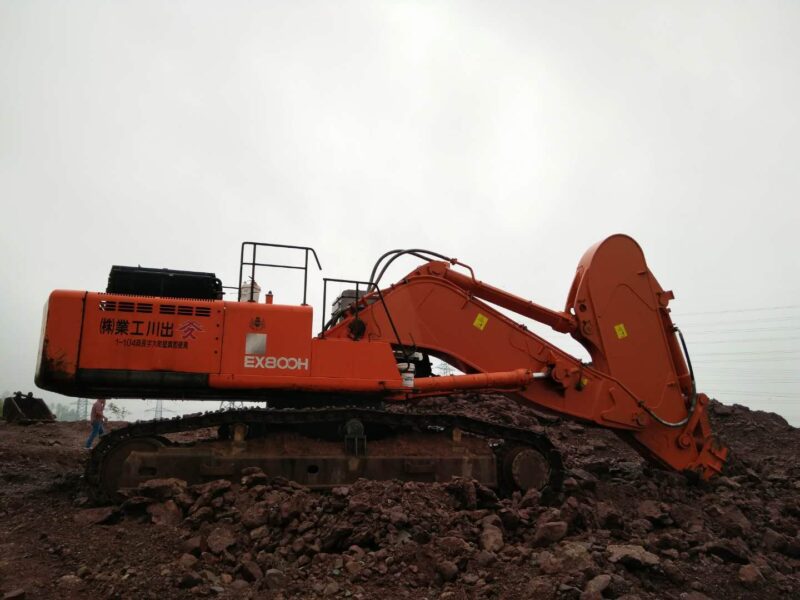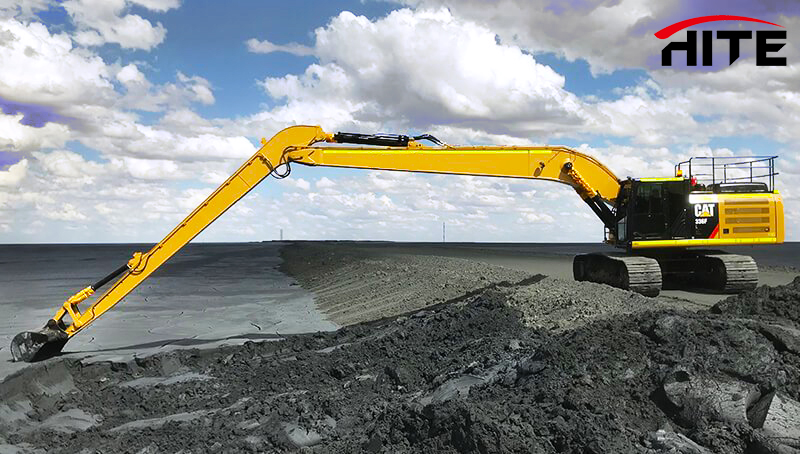As a type of heavy construction machinery, excavators are widely used in construction, mining, road building, and various other industries. The rock arm of an excavator, an essential working component of an excavator, plays a crucial role in enhancing the efficiency and quality of excavation work. However, improper operations and modifications can damage the rock arm, thereby affecting the overall performance and lifespan of the excavator.
While it is inevitable that machines will experience faults over time, and some faults are unavoidable, certain measures can reduce the likelihood of such occurrences. The rock arm of an excavator, primarily used for excavation in harsh rocky environments, must be durable and reliable. However, technical issues and design flaws during modifications can increase the fault rate of the rock arm. To further protect the rock arm of an excavator, we offer some suggestions for modifications.
Firstly, when modifying the rock arm of an excavator, it is essential to select high-quality parts. This includes choosing certified and tested components such as rock arms, cylinders, and motors. Using high-quality parts ensures better durability and reliability of the rock arm in harsh working conditions. Regular maintenance and upkeep are also crucial to maintain the rock arm’s condition and reduce the fault rate. Users should regularly inspect and clean the rock arm, replace worn parts and lubricants promptly, and perform performance tests and adjustments to ensure optimal working condition. Additionally, training and skill enhancement are vital for reducing the fault rate. Operators should receive professional training and education to understand the structure and working principles of the rock arm and master correct operation and maintenance methods. Encouraging operators to continuously learn and explore new technologies and methods can also improve their skill levels.
Reducing the fault rate of excavator rock arm modifications requires a multifaceted approach, including selecting high-quality parts, rational structural design, precise assembly processes, regular maintenance and upkeep, training and skill enhancement, and establishing fault recording and feedback mechanisms. By comprehensively considering these factors and implementing effective measures, the durability and reliability of modified rock arm of an excavator can be maximized.
The following actions should be avoided to prevent damage to the rock arm of an excavator modifications:
- Overloading Operations: Overloading is one of the primary causes of rock arm damage. Some users, in pursuit of higher efficiency, often operate the excavator beyond its load capacity, which increases the load on the rock arm and may lead to structural fatigue and fractures. Users should adhere to the rated load capacity of the excavator and avoid overloading during operations.
- Incorrect Use of the Rock Arm: The rock arm is specifically designed for excavating hard rocks, but some users incorrectly use it for digging soft soil or other non-rock tasks. This misuse not only reduces the rock arm’s lifespan but also risks damage. Users should select appropriate operation methods based on the working environment and avoid using the rock arm in unsuitable situations.
- Arbitrary Modifications: Some users modify the rock arm to meet specific needs without proper guidance. Such modifications can cause structural imbalances, reducing stability and reliability. Moreover, modifications might damage the material and structure of the rock arm, increasing the risk of damage. Users should choose professional modification manufacturers and follow expert modification plans to ensure the rock arm functions correctly post-modification.
- Lack of Maintenance: Regular maintenance is crucial for the long-term stable operation of the rock arm. However, some users neglect this, leading to increased wear and damage. Users should perform regular maintenance, including cleaning, lubricating, and tightening screws, to keep the rock arm in good working condition.
Conclusion for Rock Arm of An Excavator
In summary, to extend the lifespan of the excavator’s rock arm, users should avoid overloading, incorrect use, arbitrary modifications, and lack of maintenance. Additionally, strengthening daily maintenance and upkeep ensures the rock arm of an excavator remains in optimal working condition, thereby maximizing the excavator’s efficiency and quality, and providing robust support for production and construction across various industries.







Leave A Comment